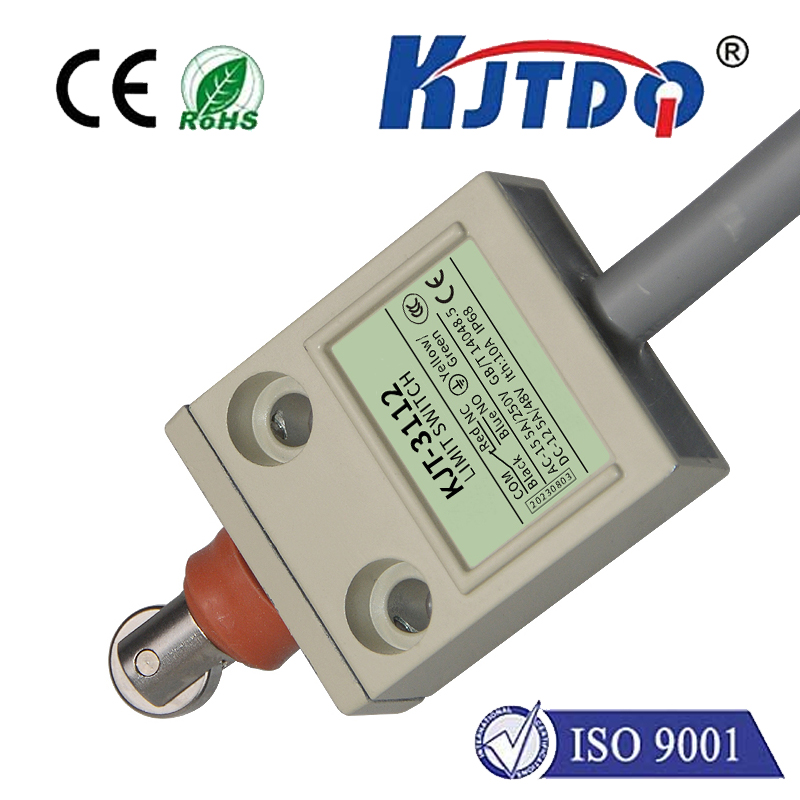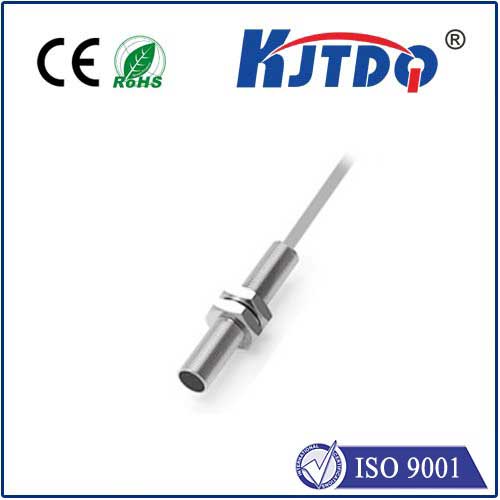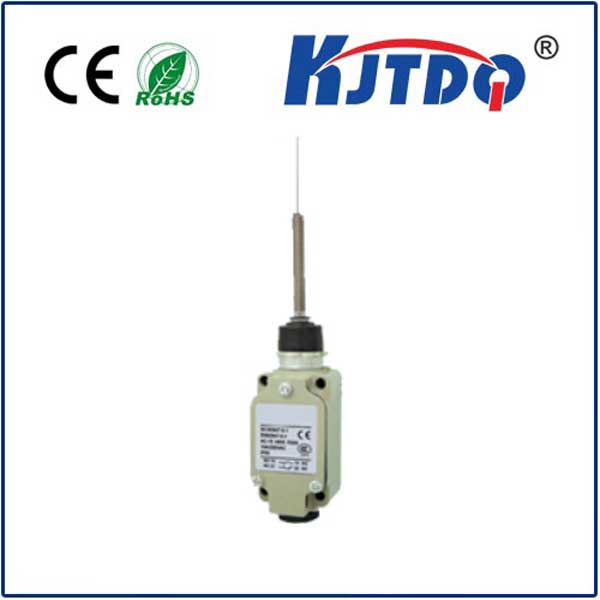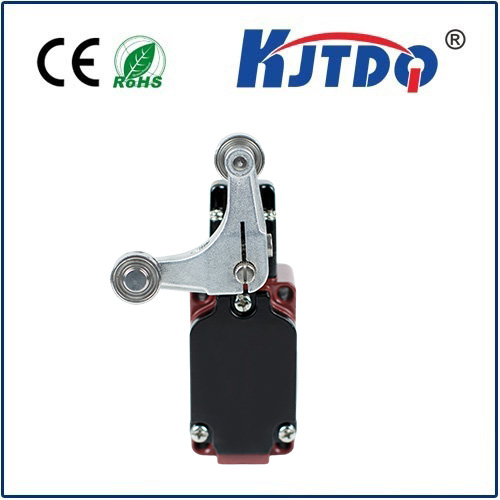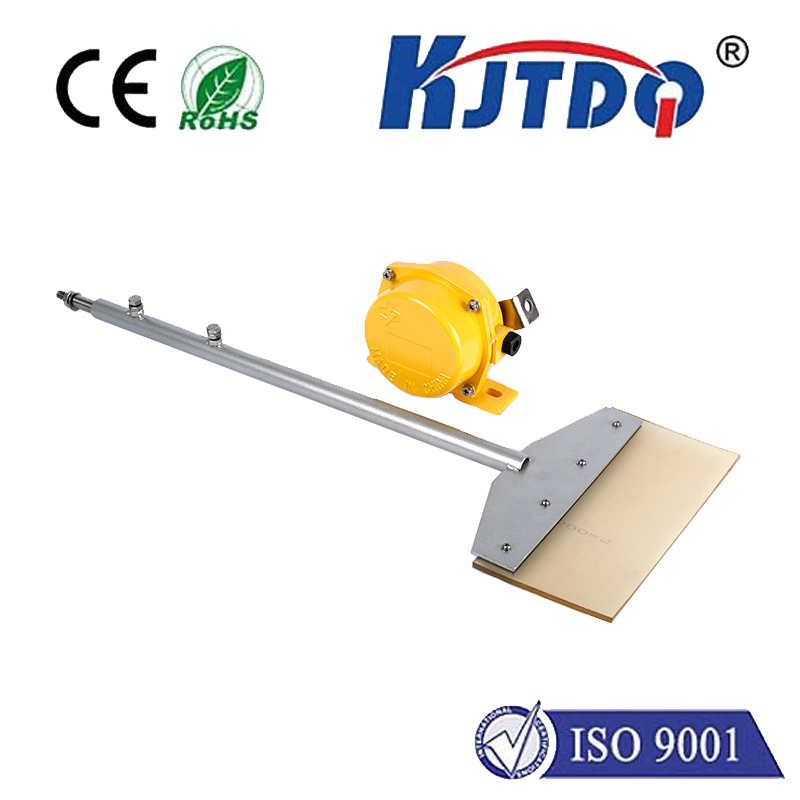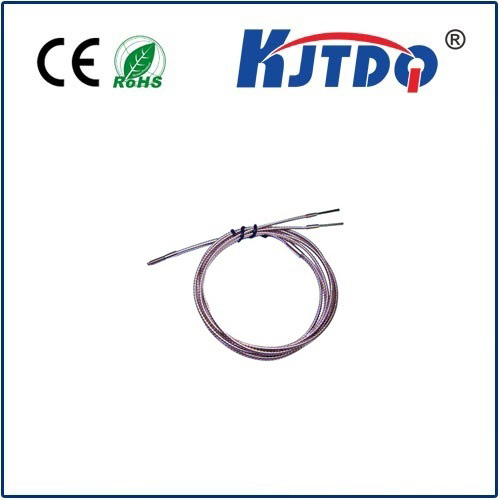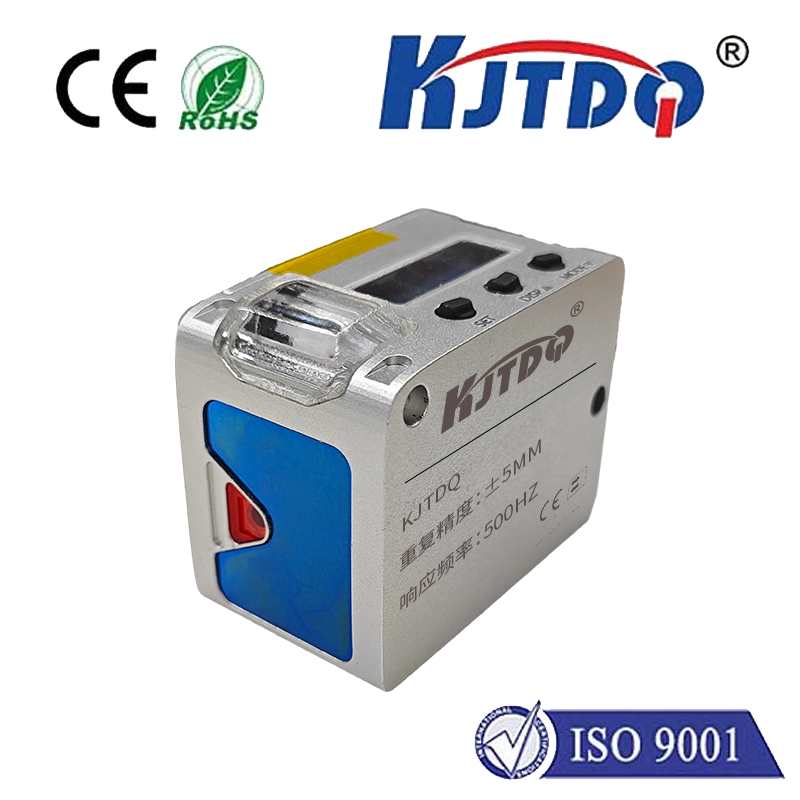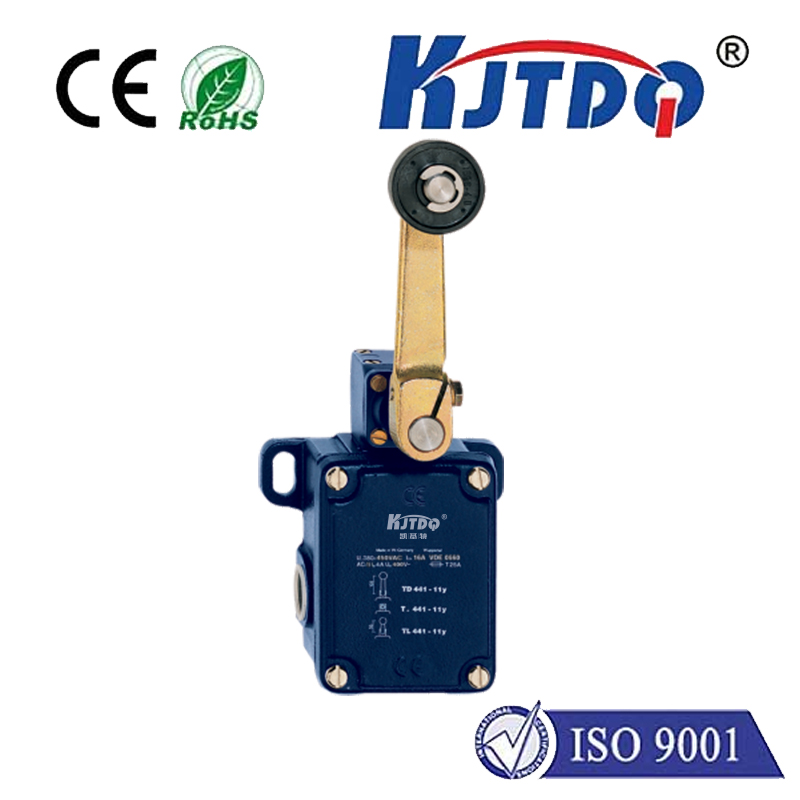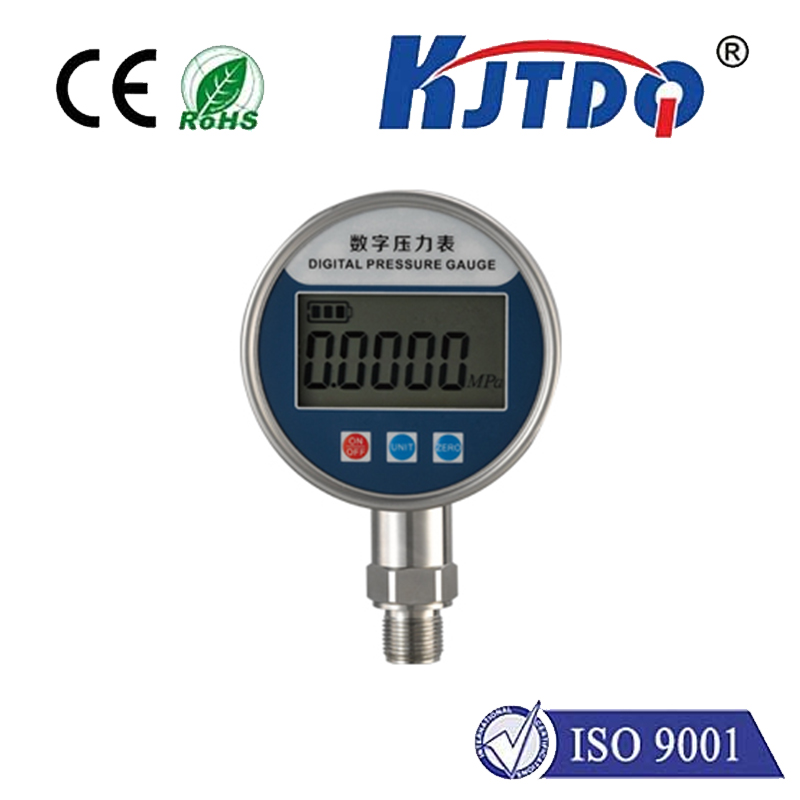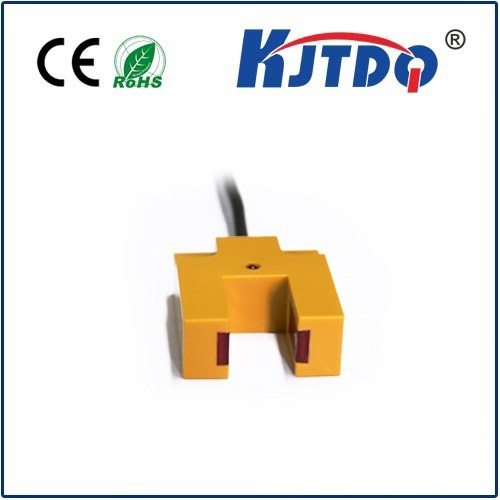

check

check

check

check

check

check

check

check

check

check
VCSEL Sensors: Revolutionizing the World of Sensing
VCSEL (Vertical-Cavity Surface-Emitting Laser) sensors are rapidly transforming the way we sense and interact with our environment. These advanced optical devices have become the backbone of many cutting-edge technologies, from facial recognition to autonomous vehicles, and their impact is only set to grow in the coming years. In this article, we explore the unique features and applications of VCSEL sensors that are driving their widespread adoption across various industries.
What Makes VCSEL Sensors Special?
VCSEL sensors stand out due to their distinct architecture and capabilities. Unlike traditional edge-emitting lasers, VCSELs emit light perpendicular to the surface of the wafer on which they are fabricated. This design allows for easier manufacturing and integration into compact systems. Additionally, VCSEL sensors offer advantages such as low threshold currents, high efficiency, circular output beams, and the ability to operate over a wide temperature range.
Key Applications of VCSEL Sensors

The precision and performance of VCSEL sensors make them ideal for a variety of applications where accurate distance measurement or fast data transmission is critical. Some major uses include:
1. **Mobile Devices**: In smartphones and tablets, VCSEL sensors enable features like 3D face scanning for security authentication. They also enhance camera performance by assisting in focusing and depth sensing for portrait mode photography.
2. **Automotive Systems**: Self-driving cars rely on LIDAR (Light Detection and Ranging) systems, which often incorporate VCSEL technology to create detailed maps of their surroundings by measuring distances to objects.
3. **Data Communications**: In fiber optic networks, VCSELs are used as efficient sources for transmitting data over long distances at high speeds, contributing to faster internet connectivity.
4. **Industrial Automation**: Within industrial settings, VCSEL sensors are employed for machine vision tasks such as object recognition, alignment, and quality control processes that require high-speed and high-accuracy measurements.
5. **Medical Technology**: In medicine, VCSEL sensors can be found in instruments used for minimally invasive surgery and diagnostic tools that demand precise optical measurements.
The Future of VCSEL Sensors
As technology continues to evolve, so does the potential for VCSEL sensors. Researchers are exploring new materials and designs to further improve their performance, reduce costs, and expand their functionality. With the rise of Internet of Things (IoT) devices, there will be an increased demand for energy-efficient sensors, positioning VCSEL technology at the forefront of this growth market.
Moreover, advancements in miniaturization and integration could lead to even smaller form factors and more versatile VCSEL arrays capable of complex sensing patterns. This would open up possibilities in areas such as environmental monitoring, wearable technology, and smart homes, where tiny, powerful sensors are essential.
Conclusion
VCSEL sensors represent a significant leap forward in sensing technology. Their unique characteristics have already made them indispensable components in a wide range of modern devices and systems. As research and development continue to push the boundaries of what's possible with these sensors, we can expect to see VCSELs playing an increasingly vital role in our connected world—making lives safer, more convenient, and more efficient in countless ways.
